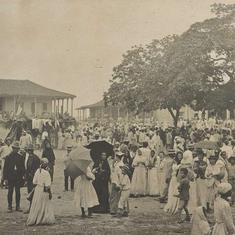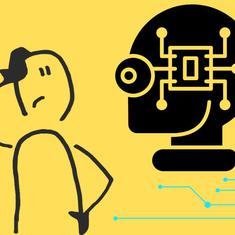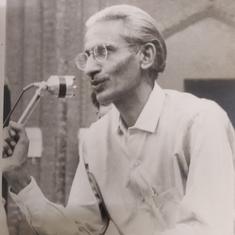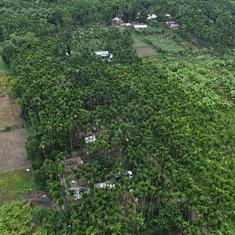I live in Mumbai. The financial Capital of India, known for its indomitable energy, has been in a complete lockdown since March 22, a logjam that will continue at least till the end of the month. Today, there is limited access to public transport, allowed only for people performing essential services like health care, banking, and grocery deliveries. The city’s suburban trains, which carry 80 lakh people every day, have come to a grinding halt. The Brihanmumbai Electricity Supply and Transport’s public buses are operating only to support service workers. A few autorickshaws, tempos and taxis have been plying, and service workers have been permitted to commute using their personal vehicles.
Mumbai had around 3,917 active cases of April 25, with the city seeing an average of about 100 new cases every day. Thanks to the stringent and timely lockdown, one hopes to see a decrease in the number of cases over the next few months, based on which the city officials would be able to relax the restrictions on commuting gradually. However, this is likely to be a slow process, spread over a span of at least three to six months. In other words, the city is expected to be in a prolonged phase of slowdown or restricted movement till mid-2020 at least.
Transitional phase is critical
Eventually, when we begin to transition from the lockdown to a slowdown or a phase of restricted movement, all the people who are anxious to resume work and other activities will have to continue observing social distancing for their personal safety. The new normal will dictate that people change their old habits of crowding in public spaces, or while boarding, alighting, and commuting in public transport. Maintaining adequate distance in buses and trains will become a norm.
To survive and continue with their day-to-day lives, citizens will now have to learn to keep a one- to two-metre distance from each other in public places at all times. On the Western Railways, suburban train coaches are designed to have 74 seats, and allow an equal number of standing commuters – that is, about 150 commuters per coach. On a typical day, nearly 300-350 people commute in one coach during peak hours on these trains, ongoing studies have indicated. On an average day, 20 trains having 12 coaches, ply every hour during peak timings, which adds up to more than 72,000 people – 12 coaches x 300 people x 20 trains – commuting every hour during peak timings.
In the new normal, social distancing will demand that only 50 people commute at any given time in a 74-seat coach. As jumping in and out of trains, and jostling in crowds, becomes a thing of the past, railways will be compelled to redesign their timetables. Suburban trains in Mumbai are known to operate like clockwork. In the new system, trains will have to halt a little longer at each station to allow people to alight and board smoothly in a queue.
This, in turn, means railways would have to reduce the number of trains plying at any given time – it would now run 12 trains per hour instead of 20. With these restrictions, the public transport peak capacity would be reduced. If 12 trains with 12 coaches ferried 50 people per hour, only 7,200 people would be able to commute per hour. This means public transport will operate at only 10% of its capacity, a predicament which is expected to gradually change only when the threat of the pandemic is completely diminished and restrictions are removed.

Efficient solutions
In this scenario of reduced public transport capacity when people begin returning to work, if 30% commuters need to travel at a given time and the city’s trains will run at 10% capacity, how does it accommodate the remaining percentage of people?
Public buses and personal vehicles could share the demand load, but there is also a huge opportunity to revive bicycling. Bicycling would be safe with lesser private vehicles operating on the street. It’s easy to keep social distancing norms with bicycles, and people can easily travel distances of up to 8-10 km. It will serve as an affordable solution to the low-income groups who are already severely impacted financially by the lockdown.
However, there will be few challenges to ensure safe public bicycling. There will also be people without bicycles or with bicycles in disuse. To assist them, vendors can be allowed to stay open and provide upkeep. Many city residents have bicycles that they no longer want. A bicycle donation program could be created where such bicycles could be collected, repaired and donated to those in need. An online awareness campaign can also be created requesting car and two-wheeler drivers to watch out for the bicyclists to ensure their safety on streets.
Stringent social distancing directives in public transport, mixed with use of bicycles and personal vehicles, could help cities like Mumbai move their people efficiently and safely, as they return to work in these disruptive times. Building bicycle-friendly city systems could indeed help us learn from this disaster and rebuild a better public transport system.
Madhav Pai is Director at the World Resources Institute India Ross Center for Sustainable Cities.










